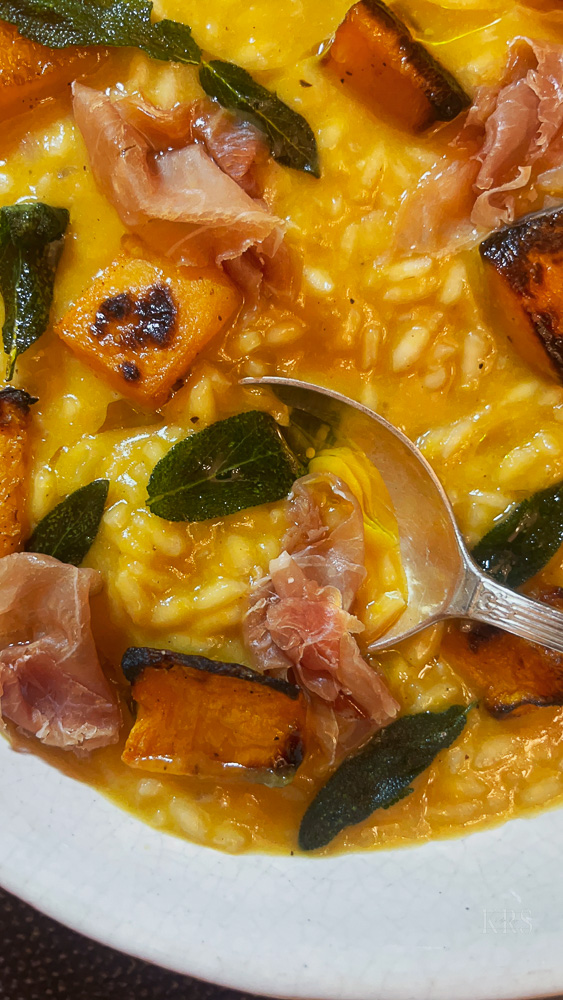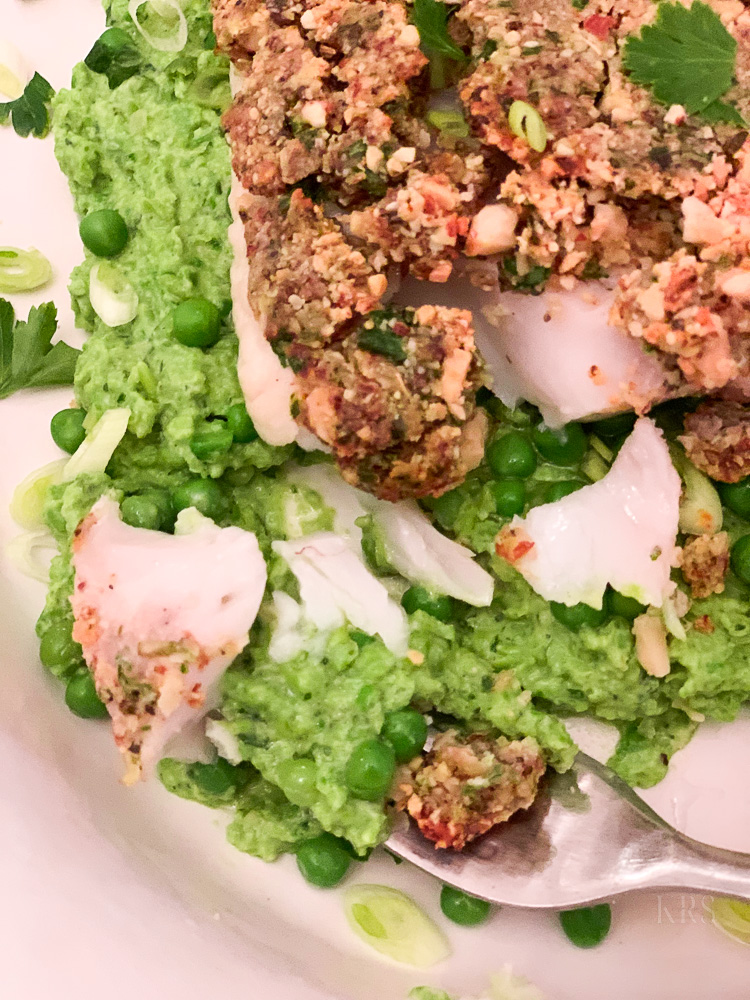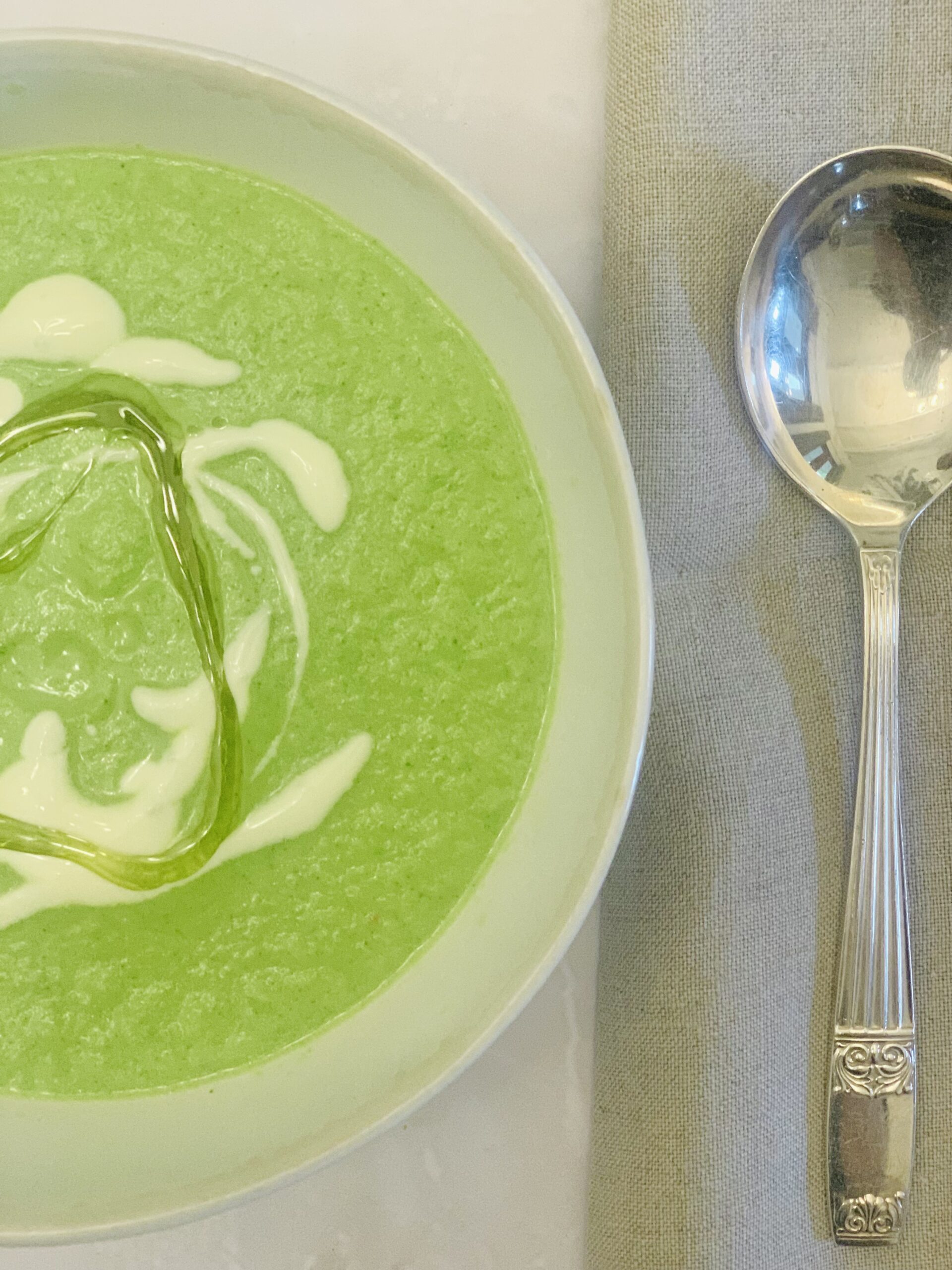Everyone needs an “Old Reliable” in their cake compendium, and for those Lemon Drizzle Lovers, this is it.
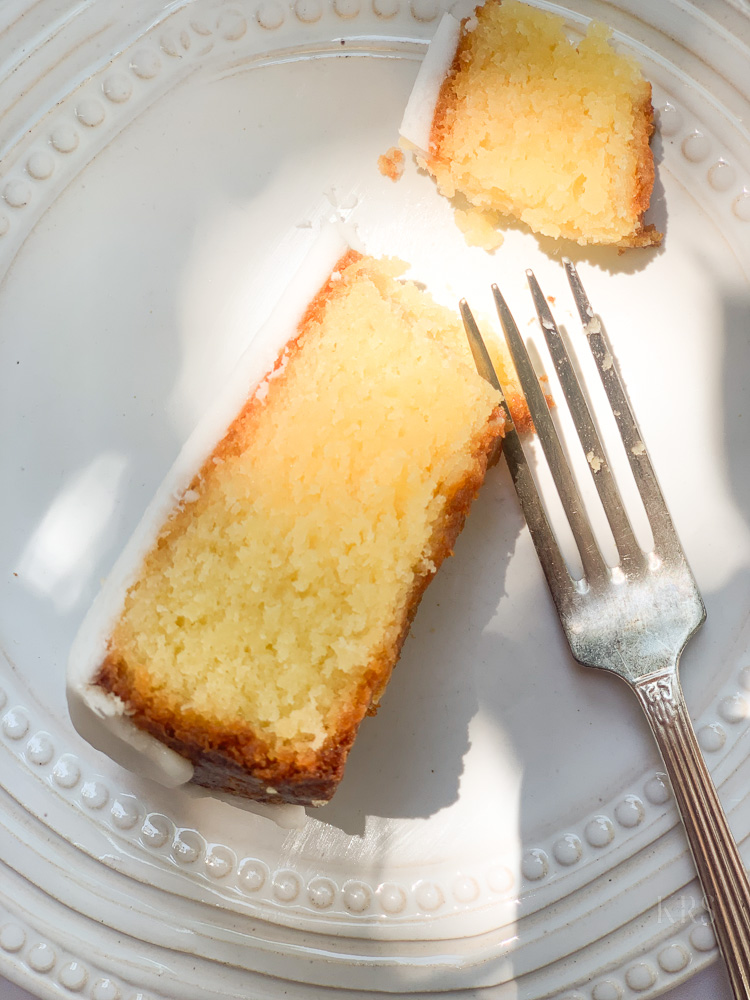
This post does not need fuss or long-winded explanations, just like this cake – it is simple.
Think fresh lemon wrapped up in a buttery – almond cake (the kind that gets more moist with time, aka the perfect make-ahead tea cake). Topped with a perfectly balanced sweet and tart crown-of-glory white drizzle.
The cake has a perfect flat top which makes the ever so appealing lemon glaze even more beautiful. Slice it once the icing has set, and you will get the most perfect straight edges – truly a perfectionist’s dream.
This recipe was adapted from the Flour and Stone Lemon Drizzle Cake, one I hope to get to experience first-hand one day. In the interim, their recipe book Flour and Stone: Baked for Love, Life and Happiness has been a baker’s dream to read.
Since the flour component here is so small, making the cake with the alloted 50g of plain flour will automatically make this cake “Low Gluten” by standard definition (less than 0.02% gluten or 20mg gluten per 100g). Granted you don’t eat the entire cake in one sitting. But for those who want a completely Gluten-free cake option, simply use 50g of all purpose gluten-free flour mix.
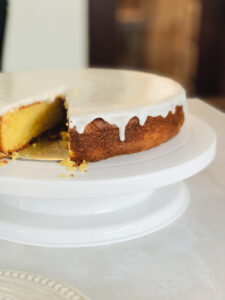
Lemon Drizzle Cake (Gluten Free option)
Equipment
- 1 9 inch cake tin, springform
- Stand mixer with paddle attachment
Ingredients
Lemon Almond Cake
- 250 g unsalted butter, very soft
- 250 g caster sugar
- ⅛ tsp salt
- 1 tsp vanilla extract
- ¼ tsp almond extract
- 5 eggs medium-large
- 175 g ground almonds
- 50 g all purpose flour (gluten-free all purpose flour for the gluten-free option)
- 2 lemons, finely zested and juiced
Lemon Drizzle Glaze
- 250 g icing sugar cornstarch-free
- 50 ml fresh lemon juice
Instructions
Lemon Almond Cake
- Preheat your oven to 150℃ fan.
- Line the base and sides of a 9 inch (cm) springform cake tin with baking paper. Grease and lightly flour.
- In the bowl of your stand mixer fitted with the paddle attachment, add the softened butter and cream until very light (almost white) and fluffy - approximately 3 minutes.
- Add the sugar, salt, vanilla and almond extracts. Beat for a further 3-5 minutes until incorporated.
- In a separate bowl or small jug, whisk the eggs lightly until the whites and yolks have combined.
- With the mixer on medium speed, slowly pour in the egg mixture 1-2 tbsp at a time. Allow the eggs to incorporate completely with the creamed butter mixture and scrape down the sides of the bowl well between each addition. If the eggs are added too quickly, the batter may curdle.
- Add the ground almonds and mix on low speed until incorporated.
- Add the lemon zest (chop into a finer zest if needed) and mix to combine. Slowly add the lemon juice 1 tbsp at a time with your mixer on medium-low speed.
- Lastly, add the flour and mix on low speed until just combined. Scrape the sides and bottom of the bowl to ensure an even mixture.
- Pour into prepared cake pan and smooth with an offset spatula. Bake for 75 minutes, or until the middle bounces back when gently pressed.
- Allow the cake to cool completely in the pan.
- Once cooled, gently tip the cake out of the tin and remove the baking paper.
- If the top of the cake is domed, trim off with a serrated knife. Turn the cake upside-down to ensure a straight and even top. Ensure the cake is completely cool before icing.
Lemon Drizzle Glaze
- In a medium sized bowl, sift in the icing sugar.
- Add half of the lemon juice and mix into a paste.
- Slowly add the rest of the lemon juice until the glaze has reached your desired consistency. A thinner glaze will cover the cake in an almost transparent coat, whilst a thicker glaze will result in a thicker layer of icing which slowly drips down the edges (as pictured).
- To check the consistency of your glaze: Use a small knife to draw a line in the icing in the bowl and time how long it takes the line to disappear (in seconds). For a thicker glaze the line will disappear after 20 seconds. For a thin glaze, aim for 10 seconds.
- Pour the icing onto the centre of the cake and gently spread to just reach the edges of the cake using a spoon or offset spatula. Dip the spatula in lemon juice to smooth over, if needed. The icing should drip down the sides of the cake on its own whilst standing.
- For a clean-edged slice, wait a few hours until the icing has hardened before slicing it. Serve with a cup of tea and enjoy 🙂

